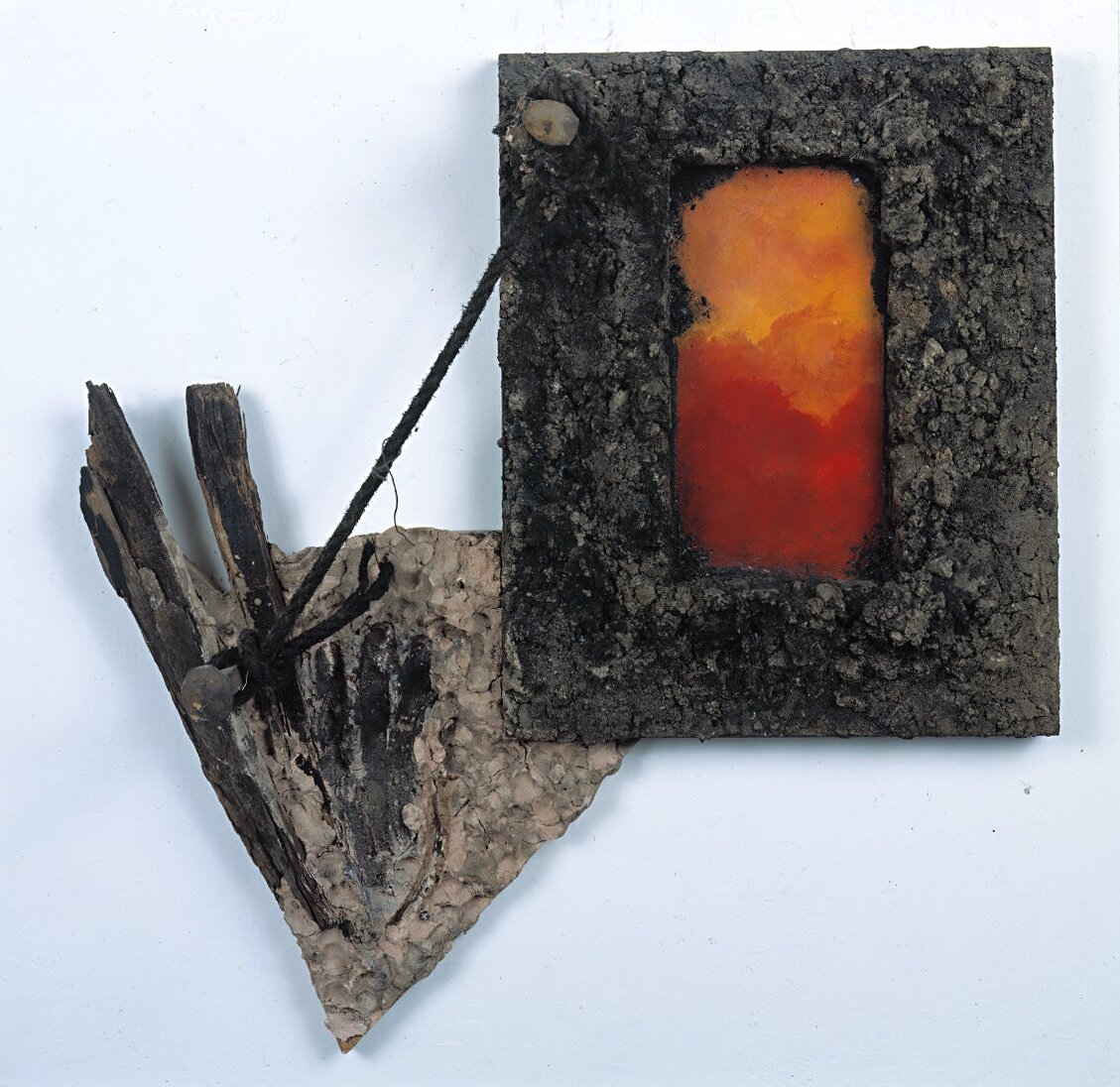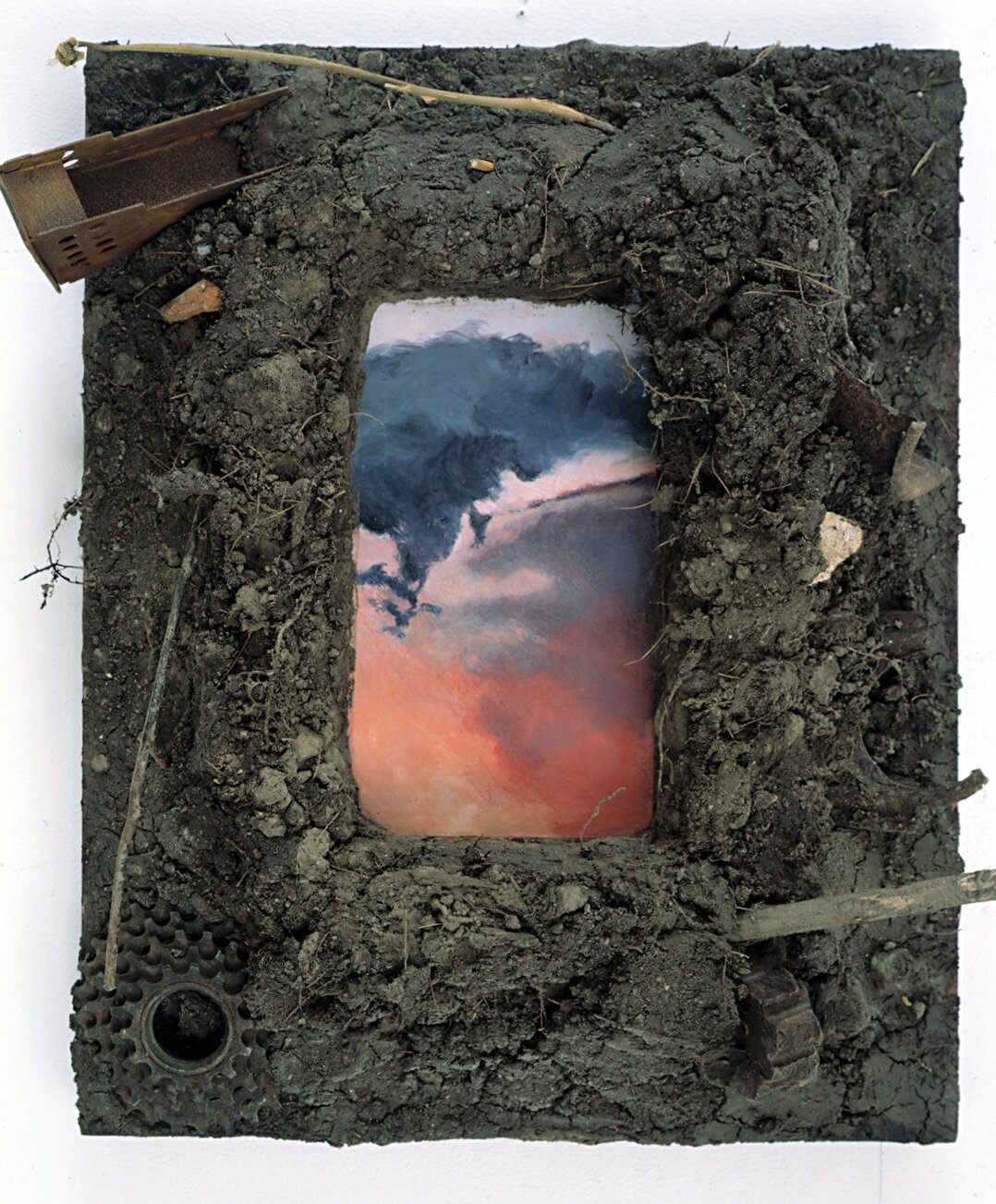Queer Memorial Memory in Nazi Germany
A project investigating ideological models within 20th century historical experience.
Germany, the great flower of Western Civilization, bears its fruit of both good and evil. Berlin exemplifies this as Germany’s heart. I am especially interested in using the Cabaret format to explore this tangled sphere of emotion. Berlin, in the thirties, set the stage where romantic idealized myth and biological identity would create gender roles of male violence and sex.
In the early decades of this century, Dr. Magnus Hirschfeld, a sexologist, set up his institute and founded the push for Gay rights. His Institute for Sexual Research collected and studied sexuality on an international basis. Hirschfeld sought to create an enlightened understanding of our most intimate behaviors. Christopher Isherwood, recorded in his biography, Christopher and His Friends his journey to Berlin and to Hirschfeld’s Institute. Christopher’s Berlin Stories capture his early romances made possible by the social networks Hirschfeld offered. A homosexual as well as a physician, Hirschfeld strove to remove the barriers of paragraph 175 in the penal code which criminalized sodemy.
The Nazi Party rose to counter Hirschfeld. Their retroactive romanticism, which gloried in the Kaiser and authoritarian rule, sought to eliminate liberal bourgeois values for their idealized romantic past. One, which never existed. Hirschfeld fulfilled their needs for a target, especially with his challenge to their public myth of family.
Hirschfield, as a Jew, symbolized what the liberal/enlightenment laws had made possible. Hirschfeld pursued the reform of paragraph 175, to which the Nazi=s drafted a public response. Hirschfeld would be in Paris, when the Nazis used youth to burn his institute and its library. The Institute was familiar to the Nazis. SA Roehm, the only Nazi to be called by Hitler in the familiar address, had earlier participated in the Institute’s men’s support network. Roehm would die in a power struggle with Himmler and Heydrich. Called The Night of the Long Knifes, Eicke’s execution of Roehm was used to purge the party of homosexuals. Himmler obsession with homosexuality first centered in the tabulations of men lost in the First World War which were then added to the two million estimated homosexuals in Germany, to establish the cost to the nation. These biological theories of homosexuality are a counterpoint to the biological theories of eugenics marking defective Germans who lacked education, training and/or job skills for sterilization and latter possible death in the T4 Program.
The gestapo committee tasked with the incarceration of gay men, found in the shadow of men loving men, another cause that allowed public press events to discredit Catholic Orders and other fraternal organizations not Nazi. Many men would be incarcerated or murdered under the pink triangle who may have never sought men sexually.
Himmler' Hydrich as the new man - tall, athletic, blond. Neoclassical fascist art works are another example of Nazi’s vision of idealized groups of men. Ironically, the Nazi program removed men from their wives and homes to place them in male bonding groups and rituals. Nazi Germany was no feminist affair, marking early activist women for arrest under the black triangle (asocial) category.
The Nazi Leadership, follow closely other far right groups, creating simplistic universes of good and evil and reducing complex interrelated systems to formulas. Nazis choose not to examine others who did not fit their categories. Rather, others were made demonic. Goebbels’s vision would create in the men a popular ideological culture for police units, undercover groups, and soldiers. Goebbels’s black shirted fascists ready to hunt and kill Jews, Gypsies and other subhumans. Together the holocaust would be personal, brutal and orgasmic in its use of torture and humiliation.
The emotions are extreme within this subject. I believe it is useful to designate the other differing categories of people who suffered under the Fascist vision. The Jew was framed as the viral perpetrator, contaminating purity. The Jewish community suffering was an outcome of the European racial theory (popular across the public and academic spheres) being drafted onto antisemitism, whose extended roots stretched from the historical Christian Church to Houston Stewart Chamberlain, the Wager Circles throughout France, conservative technical school writers and the paramilitary xenophobia. The Romany community shared the racial cast of subhuman with the Jews and died with them. Slavs were subhuman but were held for some promise of labor. Feminist were swept up in the asocial category. Jehovah witnesses, as the only religious group as a whole to resist the Nazi=s, were imprisoned. Political prisoners (communist, criminals to the state . . .) were incarcerated, often becoming the KAPO, in a leadership position handling other prisoners.
The Homosexual Issue, however, provides a unique format to frame issues related to the Holocaust. They crossed the lines of the aforementioned groups, drawn from a cross of German society. Yet, most were Aryan and mirrored the regime=s contradictions. The gay men were handsome, athletic, creative, cultured and/or striving to be so. They filled the artistic circles, hiking clubs and social night life spots. Their crime (by Nazi standard=s) was the wasting of German sperm. The Gestapo committee that pursued German women who committed abortion was tasked to pursue them. Gay men=s crime was not how they felt. Rather, they failed to reproduce. They represented perhaps the potential sterility of the Aryan dream.
The homosexuals (in Berlin) sent to camps were used as a blood supply for Aryans, as experiments for medical cures and investigations into gender. They comprised the lowest rank in the camps with Jews (level three, extermination through work). I find it notable that upwards to 100,000 men were arrested, only 10,000 to 12,000 would be marked into the registry of the Concentration Camps. My feeling, of which I have no factual basis as this time, is that the transsexuals and effeminacy were a feeding frenzy of violence for male gangs of police in vans and station holding tanks. I think many queers died, painfully terrified and alone with their killers.
C 1997



















